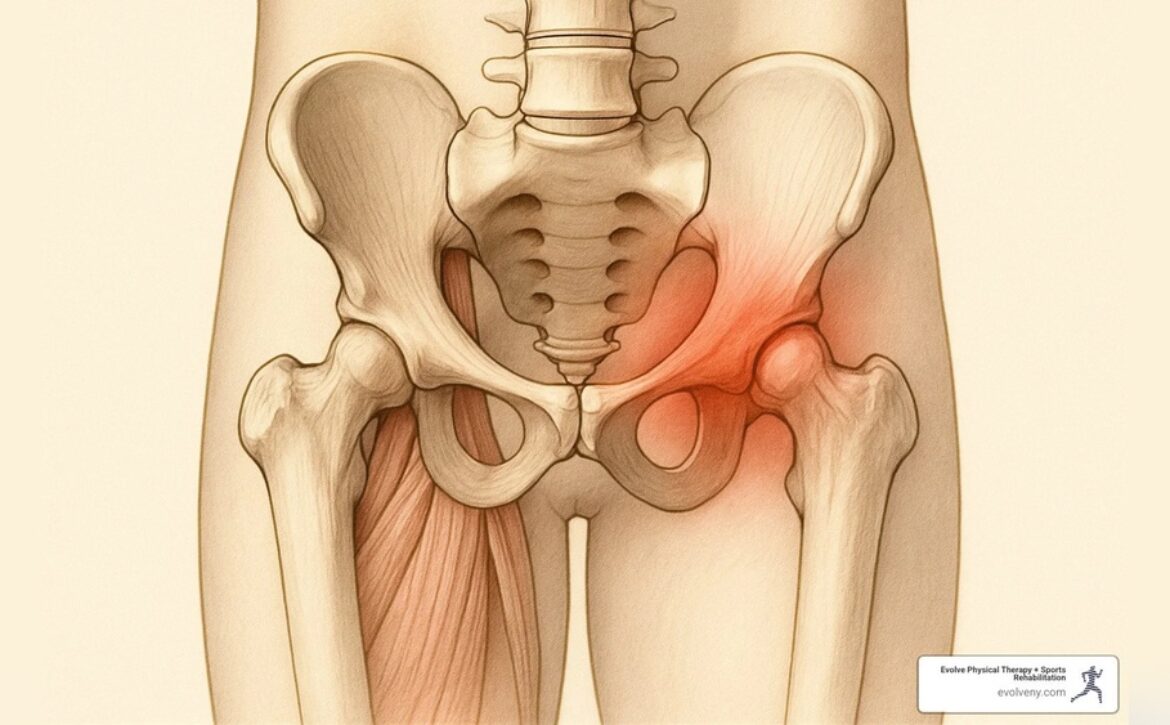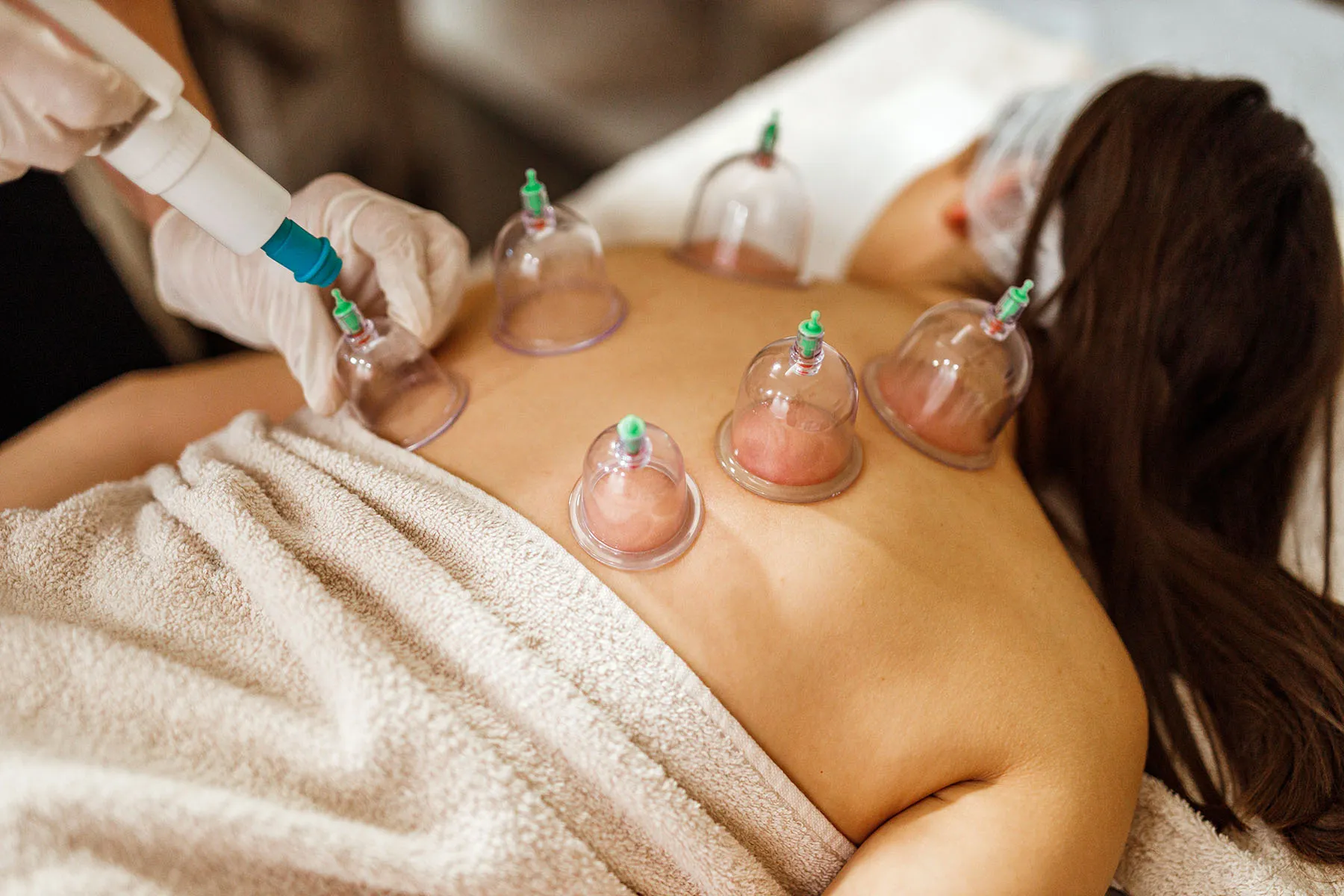
How to Become a Cupping Therapy Expert: Ultimate Guide
Are you intrigued by the ancient healing art of cupping therapy and wondering how you can turn this interest into a fulfilling career? Imagine having the ability to relieve pain, reduce stress, and promote overall well-being in others with just a few simple tools and techniques.
This isn’t just a distant dream—it’s a tangible reality you can achieve. As you explore the path to becoming a cupping therapy practitioner, you’ll discover a world where traditional wisdom meets modern wellness, offering you the opportunity to make a real difference in people’s lives.
Ready to unlock the secrets of cupping therapy and transform your passion into a profession? Keep reading, and you’ll find everything you need to get started on this exciting and rewarding journey.
What Is Cupping Therapy?
Cupping therapy involves placing cups on the skin to create suction, promoting healing and relaxation. To become a cupping therapist, complete a training program focused on techniques and safety. Practice regularly to refine skills and gain experience in this ancient healing method.
Cupping therapy has been gaining attention for its potential health benefits, but what exactly is it? Simply put, cupping is an ancient healing practice that involves placing cups on the skin to create suction. This method is believed to help with pain, inflammation, blood flow, and relaxation.
Origins Of Cupping
Cupping therapy has roots that stretch back thousands of years. Ancient texts from China, Egypt, and the Middle East reference this practice. In fact, historical records show that even Hippocrates, the father of modern medicine, was a fan. The practice was initially used to treat various ailments, from fevers to skin conditions. It’s fascinating to think that this ancient technique is still in use today, evolving while maintaining its traditional essence. Have you ever wondered how a practice so old could still be relevant?
Different Types Of Cupping
There are several types of cupping, each with its own unique approach. The most common forms are dry cupping, wet cupping, and fire cupping. Dry cupping involves creating suction with the cup, while wet cupping includes the additional step of making small incisions on the skin before applying the cup. Fire cupping, as dramatic as it sounds, involves heating the air inside the cup before placing it on the skin. The cooling air creates a vacuum that pulls the skin into the cup. Each method offers different benefits, so it’s worth considering which type suits your needs best. Choosing the right type of cupping can make a difference in your therapy experience. Have you tried any of these methods, or are you curious about which might be right for you?

Benefits Of Cupping Therapy
Cupping therapy has gained popularity for its impressive benefits. This ancient practice involves placing cups on the skin to create suction, promoting healing and wellness. Whether you’re new to cupping or considering becoming a therapist, understanding its advantages can be a game-changer. Let’s dive into the benefits of cupping therapy.
Physical Health Benefits
Cupping therapy can help alleviate pain. It increases blood flow to areas with muscle tension, reducing discomfort. Many athletes use it to speed up recovery after intense workouts.
Boosting immunity is another perk. The increased circulation can aid in flushing out toxins, keeping you healthier. Some people notice fewer colds and better overall health after regular sessions.
Cupping also improves skin health. It can help reduce cellulite and clear up skin issues like acne. The suction pulls the skin upward, promoting circulation and skin rejuvenation.
Mental And Emotional Benefits
Cupping can offer significant stress relief. The soothing effect helps calm the nervous system, reducing anxiety. Imagine the peace of mind you could gain from regular sessions.
Many people find cupping enhances their mood. Feeling good physically can lead to improved emotional well-being. It’s amazing how a simple therapy can uplift your spirit.
Improved sleep is another benefit. By relaxing the body and mind, cupping can help you fall asleep faster and enjoy deeper rest. Who wouldn’t want better sleep quality?
Have you tried cupping therapy before? What benefits did you notice? Share your experiences and insights in the comments below. Your journey can inspire others to explore cupping and its healing power.
Getting Started In Cupping Therapy
Starting a journey in cupping therapy can be exciting. This ancient practice offers benefits for body and mind. Understanding how to begin is essential. With the right tools and techniques, you can help others heal. Let’s explore the basics to get you started.
Essential Tools And Equipment
Cupping therapy requires specific tools. Cups are the most important. They come in various materials like glass, silicone, and bamboo. Each type serves different purposes. Glass cups are popular for their visibility. Silicone cups are flexible and easy to use. Bamboo cups offer a traditional touch.
A vacuum pump or fire is needed to create suction. This draws the skin into the cup. A massage oil or cream helps the cups glide smoothly. A towel is handy for cleaning the skin before and after treatment.
Basic Techniques And Practices
Learning cupping techniques is crucial. Static cupping involves placing cups on the skin and leaving them for a while. This technique is great for relaxation and healing. Moving cupping requires sliding cups over the skin. This method helps improve blood flow.
Wet cupping involves small incisions on the skin before applying the cups. It is a traditional method. Practice hygiene and safety during wet cupping. Always clean and sterilize tools before and after each session.
Start with practicing on yourself or with a mentor. This builds confidence and skill. Keep learning and adapting to different needs. Cupping therapy is a journey of growth and healing.

Advanced Techniques And Methods
Cupping therapy has gained popularity for its holistic benefits. Advanced techniques enhance the effectiveness and offer varied experiences. These methods require skill and understanding to perform safely. Let’s explore three advanced cupping techniques. Each with its unique approach and benefits.
Fire Cupping
Fire cupping uses heat to create suction. The therapist briefly ignites a flame inside the cup. This removes oxygen, creating a vacuum. The cup is quickly placed on the skin. Fire cupping improves circulation and relaxes muscles. It’s crucial to handle fire safely. Proper training is essential to avoid burns or discomfort.
Wet Cupping
Wet cupping combines suction and controlled bleeding. A small incision is made on the skin. Cups create suction, drawing out blood. This technique is believed to remove toxins. Wet cupping requires sterilization and care. It demands more skill than dry cupping. Proper hygiene ensures safety and effectiveness.
Massage Cupping
Massage cupping blends traditional massage with cupping therapy. Cups glide over the skin, providing a deep tissue massage. This technique relaxes muscles and improves blood flow. Massage cupping is gentler than other methods. It’s ideal for reducing tension and promoting relaxation. Proper technique ensures comfort and safety.
Training And Certification
Embarking on a journey to become a cupping therapy practitioner involves more than just mastering the art of placing cups on the skin. Training and certification are essential to ensure you have the skills and knowledge to provide safe and effective treatments. Whether you’re drawn to the ancient roots of cupping or its modern therapeutic benefits, understanding the process of becoming certified is crucial. Let’s explore what you need to know about training and certification in cupping therapy.
Finding Accredited Courses
Start your path by seeking accredited courses that offer comprehensive training in cupping therapy. Look for institutions with a robust curriculum that covers both theory and practical application.
Check if the course is recognized by professional health organizations. This recognition ensures the training meets industry standards and can enhance your credibility as a practitioner.
Consider what kind of training environment suits you best. Online courses offer flexibility, while in-person classes provide hands-on experience. Which learning style aligns with your needs?
Requirements For Certification
To achieve certification in cupping therapy, you need to complete specific requirements. These often include a set number of training hours and successful completion of practical exams.
Certification programs may require prior experience or credentials in related fields, such as massage therapy or acupuncture. Check if your background qualifies you for advanced training.
Once certified, stay informed about ongoing education opportunities. Continuous learning can keep your skills sharp and up-to-date with evolving techniques and safety protocols.
Imagine how your future clients will benefit from your well-rounded expertise. Are you ready to take the next step in your cupping therapy journey?
Building A Cupping Therapy Practice
Starting a cupping therapy practice involves learning the techniques and understanding client needs. Certification programs provide essential skills to ensure safe and effective treatments. Building trust with clients can lead to a successful practice, attracting those seeking alternative health solutions.
Building a successful cupping therapy practice is a rewarding journey. It involves creating a space that resonates with healing, marketing your services effectively, and connecting with clients on a deeper level. Are you ready to transform your passion into a thriving business? Let’s dive into the essentials of setting up your space and marketing your services.
Setting Up Your Space
Your therapy space is more than just a room; it’s a sanctuary for healing. Choose a location that is easily accessible and offers privacy for your clients. Consider the ambiance. Soft lighting, soothing colors, and comfortable furniture can create a welcoming atmosphere. Essential oils and calming music can enhance relaxation. Equip your space with high-quality cupping sets and hygiene supplies. Keep everything organized and easy to access. A clutter-free environment fosters tranquility.
Marketing Your Services
Marketing is crucial for attracting clients. Start by identifying your target audience. Who can benefit most from your therapy? Leverage social media to showcase your expertise. Share testimonials, explain the benefits of cupping, and post educational content regularly. Offer introductory discounts or packages to entice new clients. Collaborate with local wellness centers or health professionals for referrals. How can you make your services stand out in a crowded market? Building your practice requires dedication and creativity. With the right space and marketing strategies, you’ll cultivate trust and build a loyal client base.
Safety And Precautions
Cupping therapy has gained popularity for its potential health benefits. Safety and precautions are crucial for both practitioners and clients. Understanding potential risks helps in ensuring a safe experience.
Common Risks And Side Effects
Cupping therapy may cause skin discoloration. Red or purple marks can appear after treatment. These are usually temporary. Some people may feel mild discomfort. Others might experience skin irritation. Rarely, infections can occur if tools are not sterilized. Knowing these risks helps prepare for sessions.
Ensuring Client Safety
Client safety should always come first. Practitioners must use clean, sterilized equipment. This prevents infections. Checking client health history is important. Not everyone is suitable for cupping therapy. Pregnant women and those with certain conditions should avoid it. Always monitor client reactions during sessions. Immediate attention is needed for any unusual symptoms. Communicate clearly with clients about what they should expect. Clear instructions help them feel at ease. Effective communication builds trust and ensures a safe experience.
Staying Updated In Cupping Therapy
Staying updated in cupping therapy is essential for practitioners. The field evolves as research and techniques develop. Keeping current ensures offering the best treatments. This involves several key practices. These practices help maintain a high standard of care and expertise.
Research And Trends
Regularly read cupping therapy journals and publications. They provide insights into the latest findings. Stay informed about new studies and results. Online forums and blogs can also be useful. They offer perspectives from other practitioners. Consider subscribing to newsletters from reputable health organizations. This keeps you updated on trends and innovations. Attend workshops and seminars focused on cupping. These events often highlight recent advancements. Staying informed aids in refining your techniques.
Networking With Other Professionals
Connect with fellow cupping therapists in your area. Join local and online groups dedicated to cupping therapy. These communities foster knowledge-sharing and support. Participate in discussions and share your experiences. Learn from others’ successes and challenges. Collaborate on case studies or joint projects. This can enrich your practice and broaden your expertise. Networking builds a strong professional network. It opens doors to learning opportunities and partnerships.

Frequently Asked Questions
What Is Cupping Therapy?
Cupping therapy is a traditional healing practice involving suction cups placed on the skin. This technique promotes blood flow, reduces muscle tension, and enhances overall well-being. It’s often used to relieve pain and inflammation, and to improve circulation.
How Do I Start Learning Cupping Therapy?
To start learning cupping therapy, consider enrolling in a certified course. These courses provide theoretical knowledge and practical skills. Online and in-person options are available. Ensure the course is accredited and taught by experienced professionals.
Are There Certification Requirements For Cupping Therapy?
Certification requirements for cupping therapy vary by location. Typically, completing a recognized training program is necessary. Some regions may require additional exams or licenses. Always check local regulations to ensure compliance.
What Equipment Is Needed For Cupping Therapy?
Essential cupping therapy equipment includes suction cups, a pump or fire source, and lubricant. Cups can be glass, plastic, or silicone. Choose quality equipment to ensure effective and safe treatments.
Conclusion
Embarking on a cupping therapy journey can be rewarding. Start with thorough research. Gain essential skills through training and practice. Connect with experienced practitioners for guidance. Build trust with clients by maintaining professionalism. Stay updated with the latest trends and techniques.
Always prioritize safety and well-being. Keep refining your skills to offer the best service. Embrace patience and dedication. Success in this field takes time and effort. Remember, every client is unique. Tailor your approach to meet their needs. With commitment, you’ll grow as a skilled cupping therapist.





